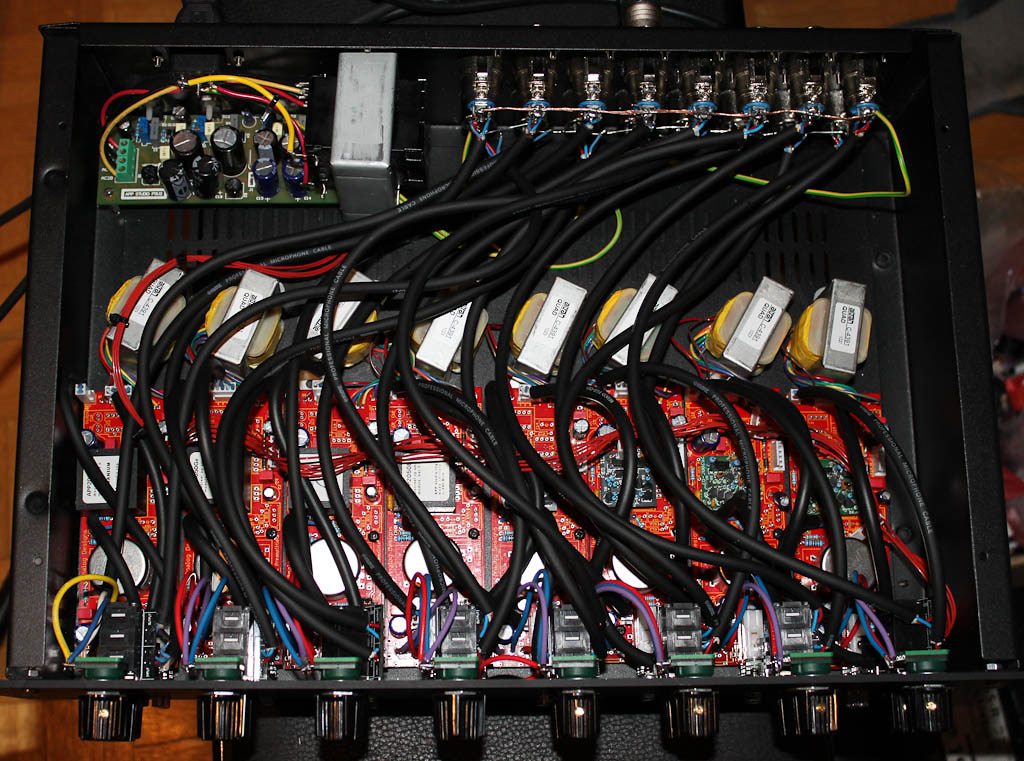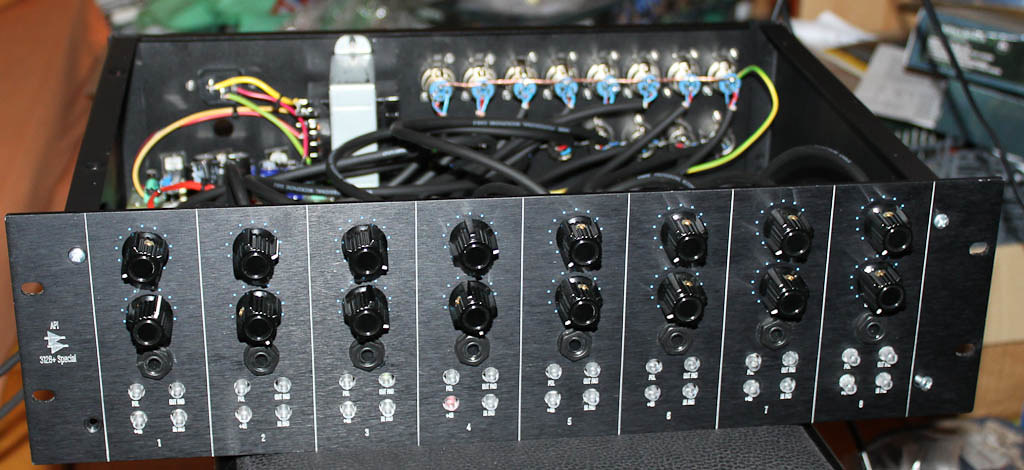benlindell
Well-known member
I found an easy method for taking of the channel frames.
I used a small flathead screwdriver to lift the tabs up a bit then used pliers or big wire cutters to lift them back completely. Then I grabbed the side tabs with the pliers and wiggled a bit to free the sides from the epoxy, then I grabbed down by one of the newly exposed corners and did the same, I went through 7 of them in about 10 minutes.
I used a small flathead screwdriver to lift the tabs up a bit then used pliers or big wire cutters to lift them back completely. Then I grabbed the side tabs with the pliers and wiggled a bit to free the sides from the epoxy, then I grabbed down by one of the newly exposed corners and did the same, I went through 7 of them in about 10 minutes.




